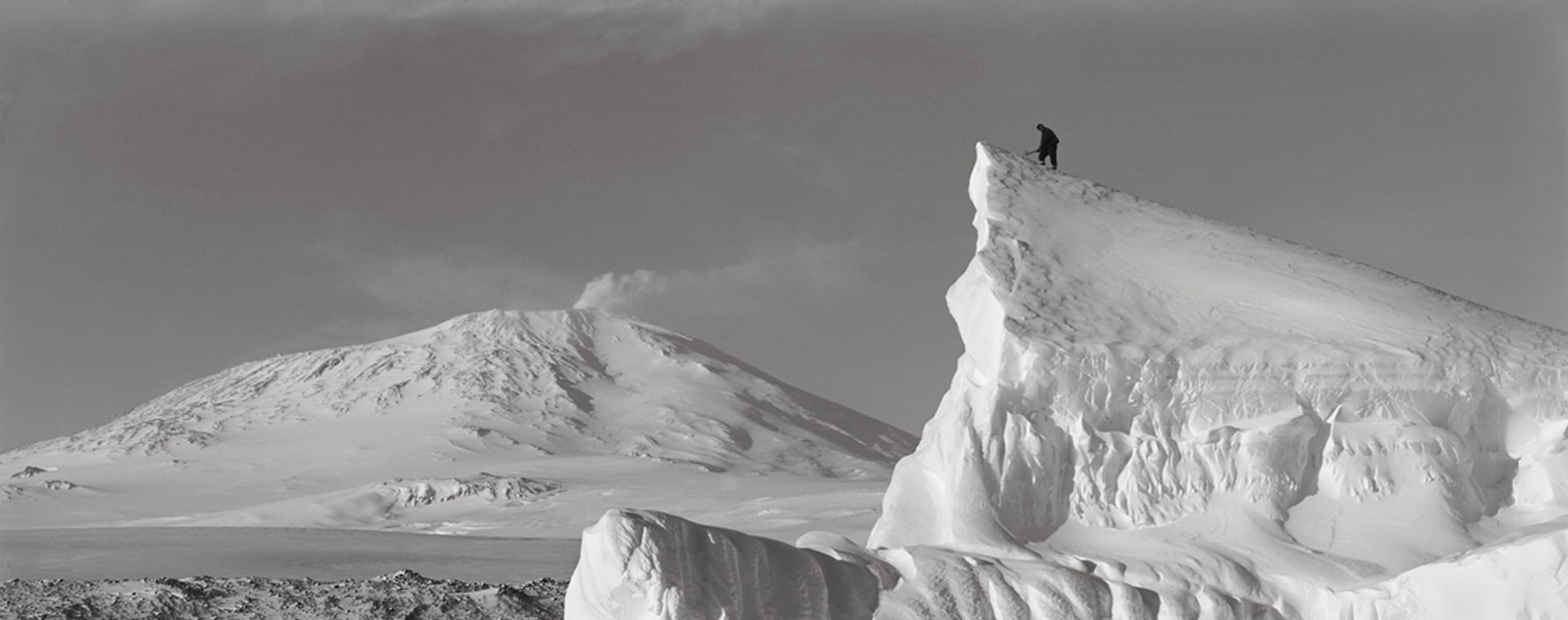Atlas Gallery in London exhibits images by the photographers Frank Hurley and Herbert Ponting, and the explorer Robert Falcon Scott, taken in the South Pole in 1911.

You’re getting blind.
Don’t miss the best of visual arts. Subscribe for $9 per month or $108 $90 per year.
Already suscribed ?



